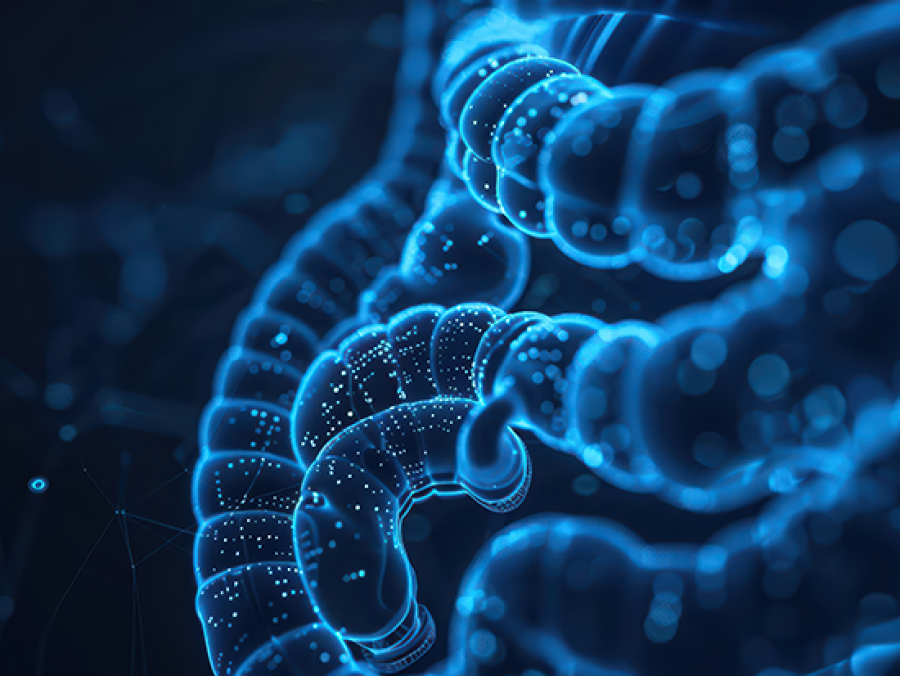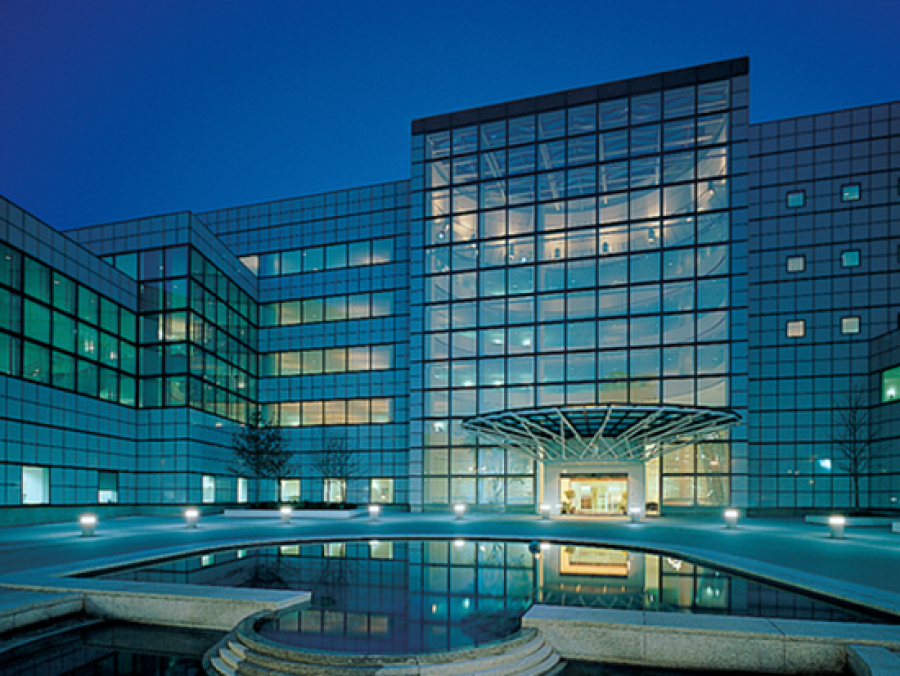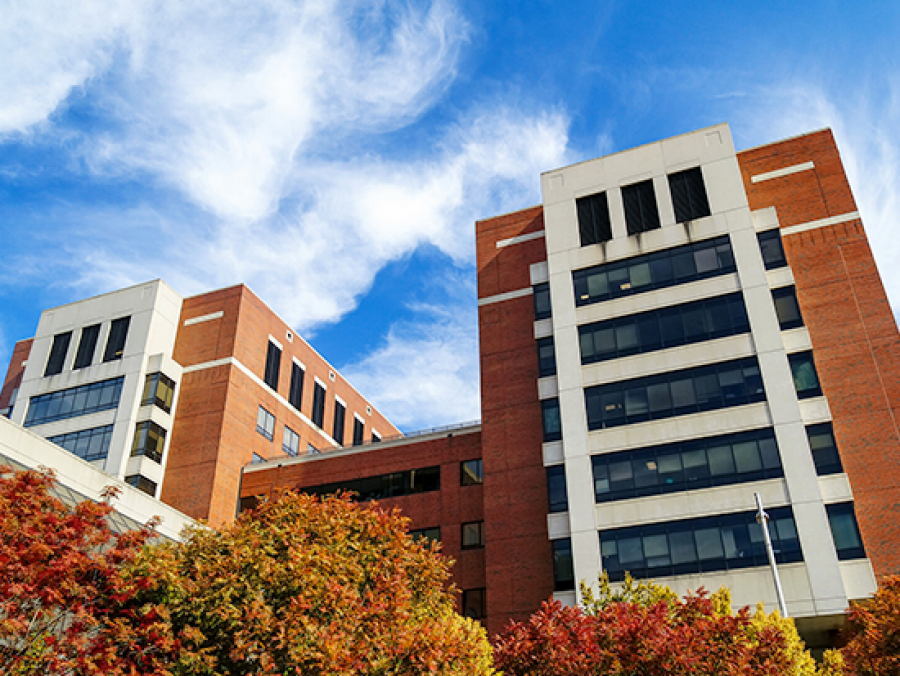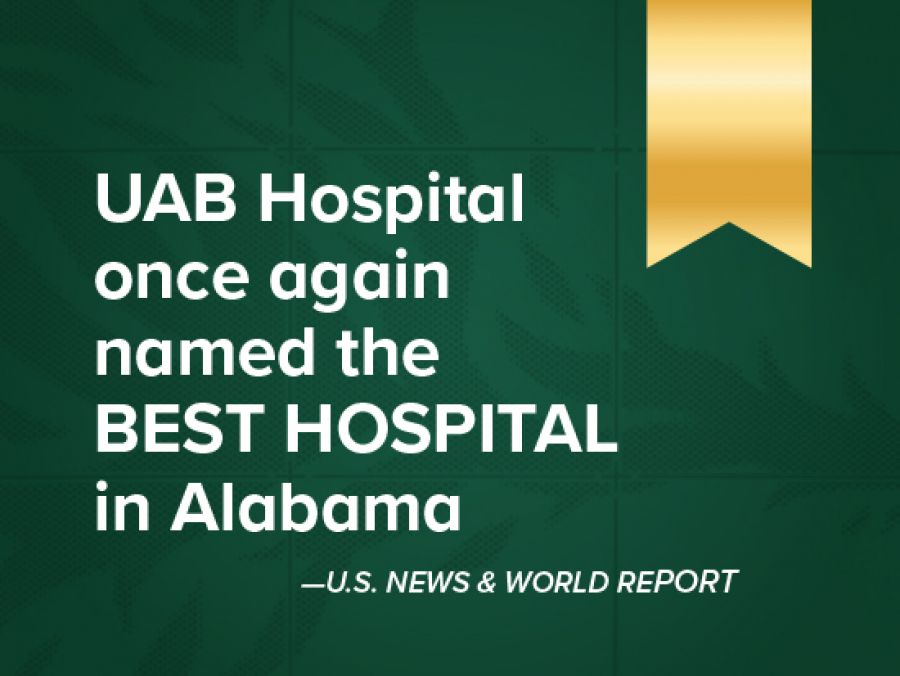|
|
 |
Dr. Novak studied biology at the Charles University in Prague, Czech Republic, where he received his B.S. and M.Sc. in the Department of Biology and Physiology. He then earned his Ph.D. in cellular and molecular biology from the Institute of Microbiology of the Czech Academy of Sciences in Prague. After post-doctoral studies at the Institute of Microbiology and subsequently at UAB, he joined the Department of Oral Biology at UAB in 1994. Since 1998, his primary appointment has been in the Department of Microbiology.
Dr. Novak’s work in mucosal immunology focuses on chronic inflammatory diseases, including IgA nephropathy, periodontal disease, inflammatory bowel disease and HIV-1 infection. Related to these diseases, his laboratory studies the heterogeneity and regulation of glycosylation of IgG and IgA. A major project addresses the pathological mechanisms involved in IgA nephropathy, such as IgA1 aberrant O-linked glycosylation and the resultant formation of IgA-1-containing immune complexes. These studies have demonstrated that IgA nephropathy is an autoimmune disease. Currently, he is investigating the binding of pathogenic IgA1-containing immune complexes to human mesangial cells and the resultant cellular activation using differential gene and protein expression (DNA microarrays, RT-PCR, proteomics). Other projects include elucidating the biochemical interactions between bacteria or their products and mucosal epithelial cells, biochemical and structural features of bacterial hemolysins and quorum sensing molecules, and the biochemistry of mucosal bacteria and protozoa.
Selected Publications
- Novak, J., Kirk, M., Caufield P.W., Barnes, S., Morrison, K. and Baker, J. Detection of modified amino acids in lantibiotic peptide mutacin II by chemical derivatization followed by electrospray ionization mass spectroscopic analysis. Anal. Biochem. 236:358-360, 1996.
- Tomana, M., Novak, J., Julian, B.A., Matousovic, K., Konecny, K. and Mestecky, J. Circulating immune complexes in IgA nephropathy consist of IgA1 with galactose-deficient hinge region and antiglycan antibodies. J. Clin. Invest. 104:73-81, 1999.
- Smith, L., Novak, J., Rocca, J., McClung, S., Hillman, J.D. and Edison, A.S. Covalent structure of mutacin 1140 and a novel method for the rapid identification of lantibiotics. Eur. J. Biochem. 267:6810-6816, 2000.
- Novak, J., Tomana, M., Kilian, M., Coward, L., Kulhavy, R., Barnes, S. and Mestecky, J. Heterogenity of O-glycosylation in the hinge region of human IgA1. Mol. Immunol. 37:1047-1056, 2000.
- Stephenson, A.E., Wu, H., Novak, J., Tomana, M., Mintz, K. and Fives-Taylor, P. The Fap1 fimbrial adhesin is a glycoprotein: Antibodies specific for the glycan moiety block the adhesion ofStreptococcus parasanguis in an in vitro tooth model. Mol. Microbiol. 43:147-158, 2002.
- Novak, J., Vu, H.L., Novak, L., Julian, B., Mestecky, J. and Tomana, M. Interactions of human mesangial cells with IgA and IgA-containing circulating immune complexes. Kidney Int. 62:465-475, 2002.
- Julian, B.A. and Novak, J. IgA nephropathy: an update. Invited article. Curr. Opin. Nephrol. Hypertens. 13, 171-179, 2004.
- Novak, J., Tomana, M., Matousovic, K., Brown, R., Hall, S., Novak, L., Julian, B.A., Wyatt, R.J., and Mestecky, J. IgA1-containing immune complexes in IgA nephropathy differentially affect proliferation of mesangial cells. Kidney Int. 67, 504-513, 2005.
- Renfrow, M.B., Cooper, H. J., Tomana, M., Kulhavy, R., Hiki, Y., Toma, K., Emmett, M.R., Mestecky, J., Marshall A. G. and Novak, J. Determination of aberrant O-glycosylation in the IgA1 hinge region by electron capture dissociation Fourier transform ion cyclotron resonance mass spectrometry. J. Biol. Chem. 2005. In Press.
- Moore, J.S., Wu, X., Kulhavy, R., Tomana, M., Novak, J., Moldoveanu, Z., Brown, R., Goepfert, P.A. and Mestecky, J. Increased levels of galactose-deficient IgG in sera of HIV-1-infected individuals.AIDS 19, 381-389, 2005.






